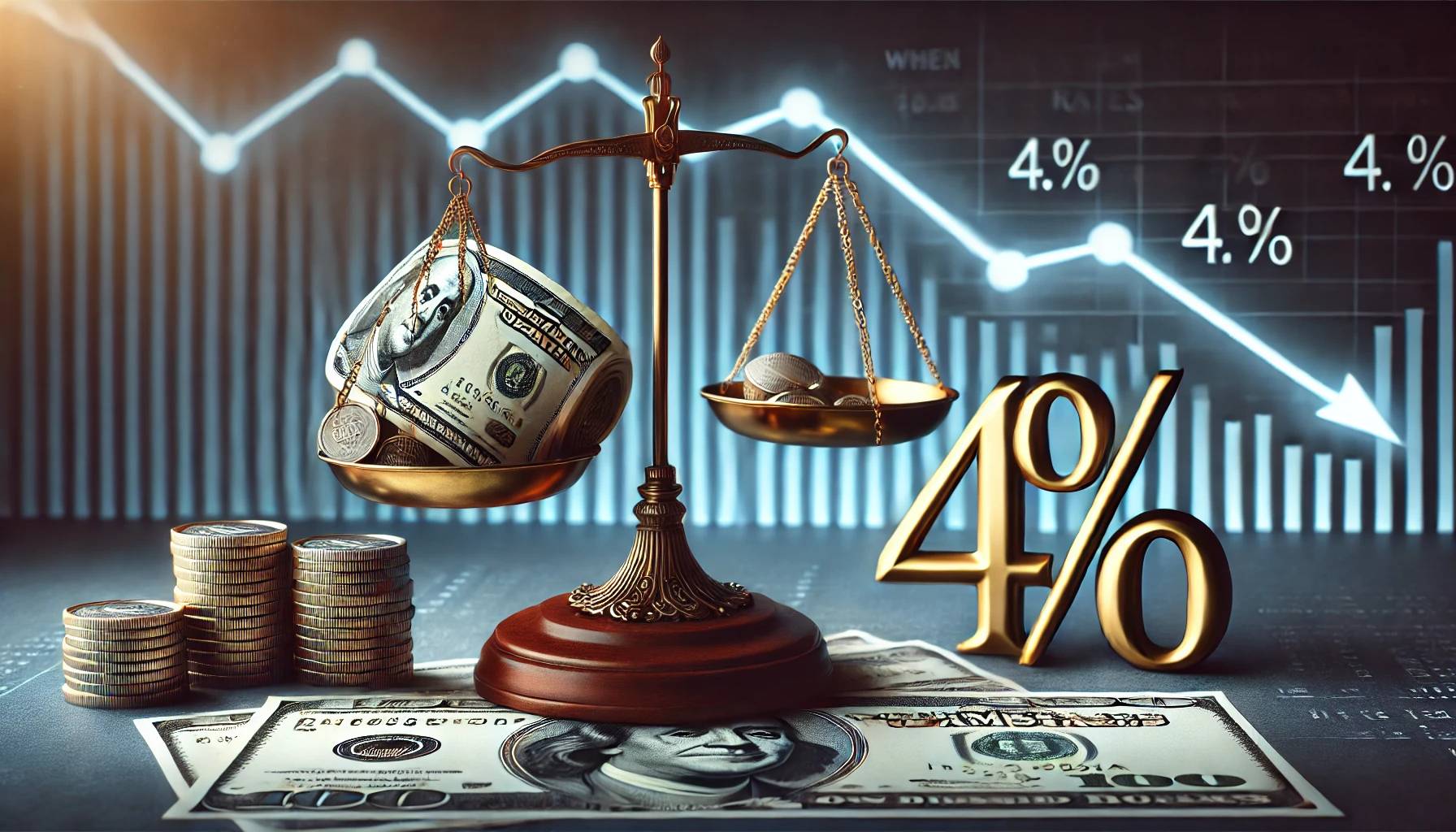Interest rates have a significant impact on the economy, influencing everything from consumer spending to business investment. For homeowners and potential buyers, mortgage interest rates are a crucial factor that can make a big difference in affordability. Recently, many are wondering if and when interest rates might go down, potentially hitting the mid-4% range again. Here’s a detailed look at the factors influencing interest rates and the likelihood of them decreasing in the near future.
Understanding Interest Rate Movements
Interest rates are primarily influenced by the Federal Reserve’s monetary policy, economic conditions, and inflation expectations. Here are some key factors that play a role:
- Federal Reserve Policy: The Federal Reserve (the Fed) sets the federal funds rate, which influences other interest rates, including mortgage rates. The Fed raises rates to combat inflation and lowers them to stimulate the economy.
- Economic Indicators: Indicators such as GDP growth, unemployment rates, and consumer spending provide insights into the economy’s health. Strong economic growth and low unemployment can lead to higher interest rates, while a slowing economy can prompt rate cuts.
- Inflation: Inflation erodes purchasing power, so the Fed monitors it closely. If inflation is high, the Fed is more likely to raise rates to cool the economy. Conversely, low inflation can lead to lower rates.
- Global Events: Geopolitical events, global economic trends, and market sentiment can also impact interest rates. For example, uncertainty or instability can drive investors to safer assets like U.S. Treasury bonds, which can lead to lower interest rates.
Current Economic Context
As of now, the global economy is grappling with a mix of challenges and opportunities:
- Inflation: Recent inflation has been higher than the Fed’s target, leading to a series of interest rate hikes to curb price increases.
- Economic Growth: The economy has shown resilience, with moderate growth and low unemployment, which typically supports higher rates.
- Geopolitical Factors: Ongoing geopolitical tensions and supply chain disruptions add complexity to the economic outlook, influencing investor sentiment and market stability.
Probability of Interest Rates Going Down
Given the current economic landscape, several scenarios could lead to a decrease in interest rates:
- Successful Inflation Control: If the Fed’s measures successfully bring inflation down to its target range, there could be less need for high interest rates, potentially leading to rate cuts.
- Economic Slowdown: If economic growth slows significantly or a recession occurs, the Fed may lower rates to stimulate the economy.
- Global Stability: Resolution of geopolitical tensions and stabilization of supply chains could improve economic conditions and lead to lower interest rates.
When Might Rates Hit the Mid-4% Range?
Predicting the exact timing of interest rate changes is challenging due to the numerous variables involved. However, here are some potential timelines based on current trends and expert forecasts:
- Short-Term (6-12 Months): In the short term, if inflation shows clear signs of decreasing and economic indicators suggest a slowdown, the Fed might start considering rate cuts. However, it’s unlikely that rates will drop to the mid-4% range within this period unless there is a significant economic downturn.
- Medium-Term (1-2 Years): Over the next one to two years, if inflation is under control and economic growth slows down, there is a higher probability of rates decreasing to the mid-4% range. The Fed’s actions and the broader economic environment will be crucial during this period.
- Long-Term (2+ Years): In the longer term, the likelihood of interest rates reaching the mid-4% range increases, especially if the economy stabilizes and inflation remains low. Long-term trends such as technological advancements and demographic changes could also play a role in shaping interest rate policies.
What Homebuyers and Homeowners Should Do
While it’s challenging to predict exact interest rate movements, here are some strategies for homebuyers and homeowners:
- Monitor Economic Indicators: Keep an eye on inflation, GDP growth, and employment figures to gauge the likely direction of interest rates.
- Consider Locking In Rates: If you find a favorable rate, consider locking it in to avoid future rate hikes.
- Refinancing Opportunities: If rates do drop to the mid-4% range, be prepared to refinance to take advantage of lower rates and reduce your mortgage payments.
Conclusion
The probability of interest rates going down and reaching the mid-4% range depends on a complex interplay of economic factors, Federal Reserve policies, and global events. While it’s difficult to predict with certainty, staying informed about economic trends and being prepared to act can help you make the most of any potential rate decreases. Whether you’re buying a home or looking to refinance, understanding the factors influencing interest rates is key to making informed financial decisions.

